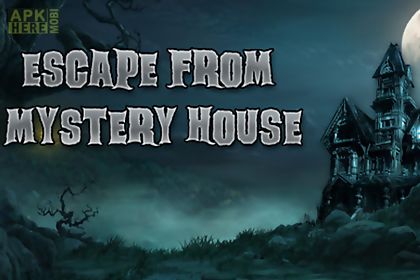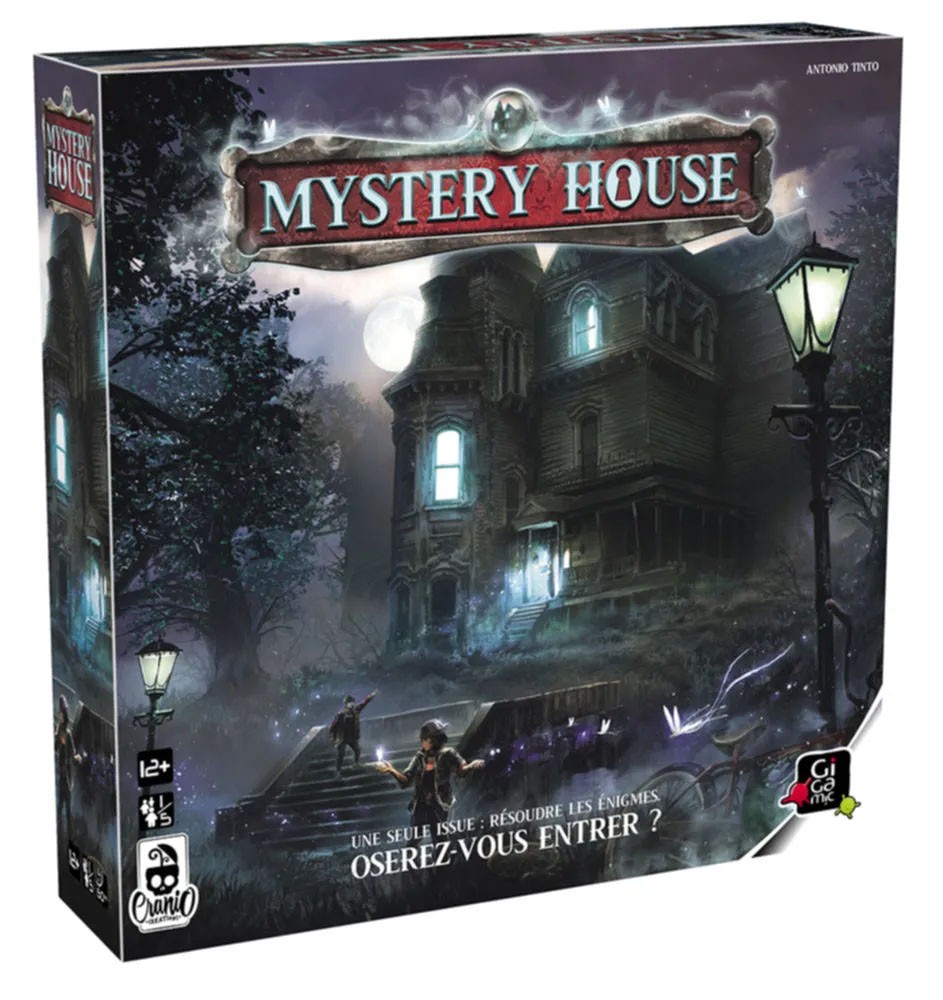
The resulting game is a text-based adventure with a depiction of the character's location displayed above the text.
#MYSTERY HOUSE GAME DAISY CODE#
The game's code was completed in only a few days, and was finished on May 5, 1980. The couple took out an advertisement in Micro magazine as On-Line Systems, and mass-produced Ziploc bags containing a floppy disk and a sheet of instructions, to be sold at US$24.95 (equivalent to $82.05 in 2021). To the Williams's surprise, what Roberta had initially considered a hobby project sold more than 10,000 copies through mail-order. Including its 1982 rerelease through the SierraVenture line, 80,000 units were eventually sold worldwide, making it one of the best-selling computer games at the time. Mark Marlow reviewed Mission: Asteroid, Mystery House, and The Wizard and the Princess for Computer Gaming World, and stated that " Mystery House is considerably more difficult and provides many traps for the unwary in a wonderfully Victorian setting." Ĭomputer Gaming World in 1996 ranked it fourth on the magazine's list of the most innovative computer games.

GamePro named Mystery House the 51st most important game of all time in 2007, for introducing a visual component to adventure games and for featuring graphics at a time when most computer games did not. Though the game is often considered the first adventure game to use graphics, dungeon crawl role-playing video games had already been using graphics prior to its release. Applying graphics to an adventure game, however, was unprecedented as previous story-based adventure games were entirely text-based.

Mystery House 's success led the Williams to create the Hi-Res Adventures series, and note the game as Hi-Res Adventure #1.


 0 kommentar(er)
0 kommentar(er)
